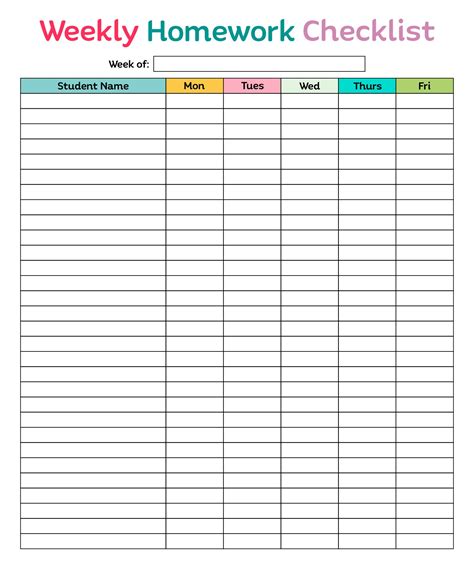Every student knows the pain of struggling to complete an assignment. Assignments are a critical part of the learning process; they help students develop research, writing, and critical thinking skills. However, when students are unprepared or disorganized, assignments can quickly become a source of stress and frustration.

Here is a comprehensive checklist of essential steps that students can follow to conquer any assignment:
Understand the Assignment
- Start by carefully reading the assignment instructions.
- Identify the key requirements, such as the topic, format, and deadline.
- If there are any unclear points, don’t hesitate to ask your teacher for clarification.
Gather and Organize Sources
- Determine what type of research is required for the assignment.
- Use a variety of sources, such as books, articles, and websites.
- Keep track of all sources used by creating a reference list or using a citation manager.
Create an Outline
- An outline will help you organize your thoughts and ideas.
- Start by brainstorming the main points you want to cover.
- Group related ideas into subtopics.
- Use headings and subheadings to create a clear structure.
Write the First Draft
- Begin writing your assignment by filling in the outline.
- Use clear and concise language.
- Support your arguments with evidence from your research.
- Don’t worry about perfection at this stage; just get your ideas down on paper.
Revise and Edit
- Once you have a first draft, take a break and come back to it later with fresh eyes.
- Check for errors in grammar, spelling, and punctuation.
- Make sure your arguments are well-supported and flow logically.
- Consider asking a friend or tutor to review your work and provide feedback.
Proofread and Submit
- Before submitting your assignment, proofread it carefully for any remaining errors.
- Make sure your formatting meets the specified requirements.
- Submit your assignment on time through the designated channel.
Additional Tips for Success
- Start early: Don’t wait until the last minute to start working on your assignment. This will give you plenty of time to gather your sources, organize your thoughts, and revise your work.
- Break down large assignments: If you have a particularly challenging assignment, break it down into smaller tasks. This will make it seem less daunting and more manageable.
- Set goals for yourself: Set realistic goals for how much you want to accomplish each day. This will help you stay on track and avoid procrastination.
- Stay organized: Keep all of your research materials, notes, and drafts in one place. This will help you stay organized and avoid losing track of important information.
- Don’t be afraid to ask for help: If you need help with any aspect of your assignment, don’t hesitate to ask your teacher, a tutor, or a classmate.
Benefits of Preparing for Assignments
Preparing for assignments offers numerous benefits that enhance students’ overall academic experience:
-
Improved grades: Students who prepare for assignments are more likely to understand the material, write high-quality papers, and achieve better grades.
-
Reduced stress: Preparing for assignments in advance helps reduce stress and anxiety levels, especially during exam periods.
-
Enhanced learning: The process of researching and organizing information for assignments strengthens students’ comprehension and retention of the course material.
-
Increased confidence: Completing assignments successfully builds students’ confidence in their abilities and motivates them to perform well in future tasks.
Tables for Quick Reference
Table 1: Assignment Planning and Preparation Timeline
| Task | Timeline |
|---|---|
| Understand the assignment | 1st day |
| Gather and organize sources | Days 2-3 |
| Create an outline | Day 4 |
Table 2: Essential Elements of a Successful Assignment
| Element | Description |
|---|---|
| Clarity | Use clear and concise language. |
| Organization | Structure your assignment logically using headings and subheadings. |
| Support | Back up your arguments with evidence from credible sources. |
| Grammar and spelling | Proofread your assignment carefully to eliminate errors. |
| Formatting | Meet the specified formatting requirements. |
Table 3: Tips and Tricks for Assignment Success
| Tip | Description |
|---|---|
| Use a to-do list or planner to stay organized. | Break down large assignments into smaller steps. |
| Take breaks during the writing process to avoid burnout and maintain focus. | Utilize online tools such as grammar checkers and citation generators. |
| Seek feedback from teachers or peers to improve your work. |
Table 4: Pros and Cons of Preparing for Assignments
| Pros | Cons |
|---|---|
| Reduced stress and anxiety | Time-consuming |
| Improved grades and understanding | Can be challenging |
| Increased confidence and motivation | Requires self-discipline and organization |
